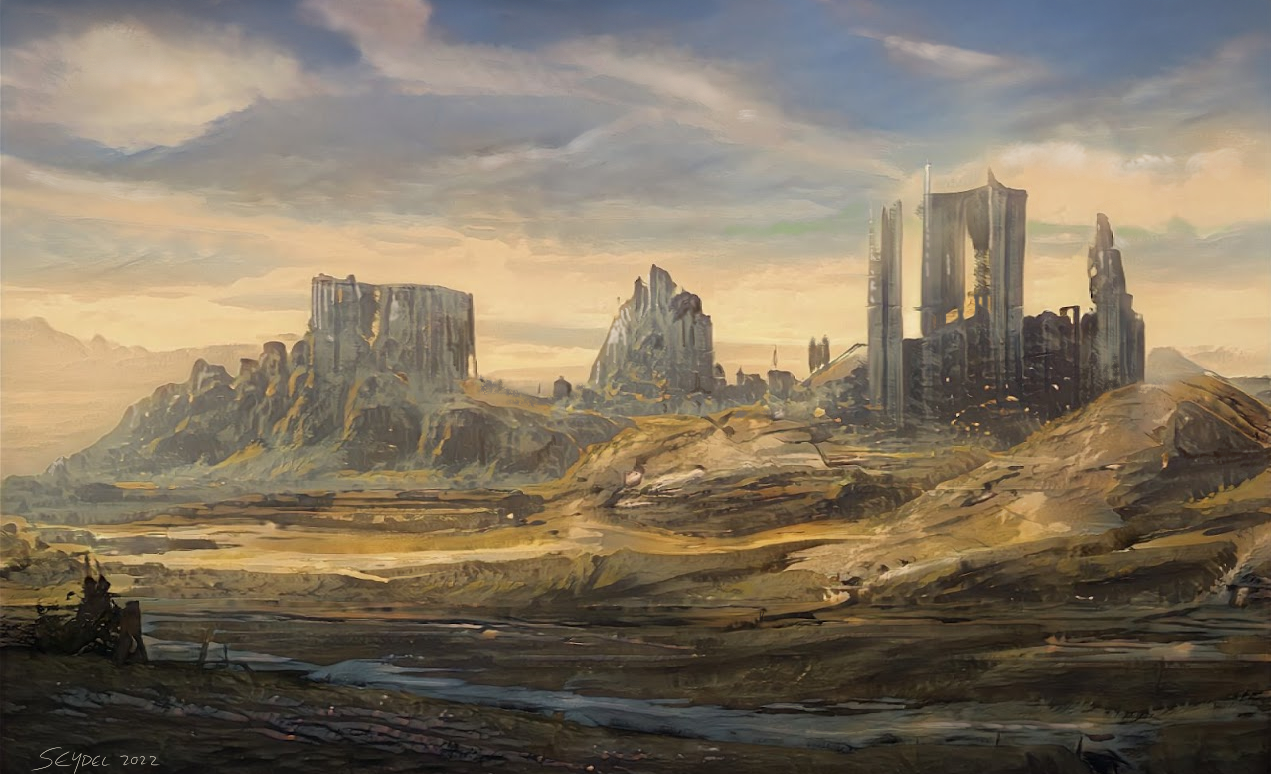First update of 2025
 Saturday, February 15, 2025 at 2:16PM
Saturday, February 15, 2025 at 2:16PM It's been way too long since I have posted any of my artwork, and there's not really a good reason, other than life somethimes gets in the way, or priorities of my family and work came in front of updates. But it's definitely not due to being idels, as I have actually found that in the past year I have been fairly prolific with my artwork in a balanced way; tactile drawing and painting, some digital work, VR artworks, and quite a bit of dabbling with AI on my own creations. This video is made using Silo 3d, with Milo for rendering, then further re-render with Vizcom and then some Photoshop compositing.
 3d,
3d,  Photoshop,
Photoshop,  Vizcom in
Vizcom in  3d modeling,
3d modeling,  AI,
AI,  Digital Art
Digital Art 





